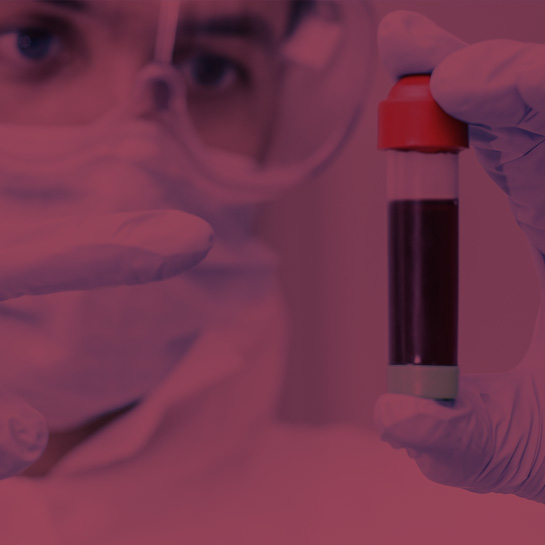Understanding Treatment
for Oral Thrush
What is oral thrush?
Candida is a naturally occurring fungus in your mouth that’s usually kept in check by your immune system and other types of germs that naturally live in your mouth. However, when your immune system is weak, the fungus can grow and lead to oral thrush — a condition that’s marked by creamy white lesions, usually on your tongue and inner cheeks. Although anyone can be affected by oral thrush, infants and those with diabetes and high blood sugar levels are more likely to get this condition. In addition, if you’re in poor health, have HIV or AIDS, are receiving chemotherapy, or are taking steroids or antibiotics for long periods of time, you are also at a higher risk.
What are the symptoms of oral thrush?
At first, most people don’t notice any symptoms of thrush. However, as thrush progresses, creamy white lesions on your tongue and inner cheeks, gums, or tonsils may develop. Redness, burning, or soreness that may make it difficult to eat or swallow is also commonly experienced. Furthermore, you may have slight bleeding if your lesions are rubbed or scraped, alongside cracking and redness at the corners of your mouth, a cottony feeling in your mouth, loss of taste, or irritation and pain under dentures.
How does ID Care diagnose oral thrush?
ID Care specialists will diagnose oral thrush through a thorough examination of your mouth to observe the location and severity of your lesions. We may take a small scraping of your lesions for further and closer examination or recommend a blood test to determine if there is an underlying condition that caused your oral thrush.
How does ID Care treat oral thrush?
The best approach to the treatment of your oral thrush depends on your age, overall health, and the cause of your infection. At ID Care, our specialists focus treatment on stopping the spread of fungus and preventing recurrence. Typically, we’ll prescribe a form of antifungal medication — either lozenges, dissolvable tablets, or a liquid that you swish around your mouth and swallow.
SOURCE: Mayo Clinic








